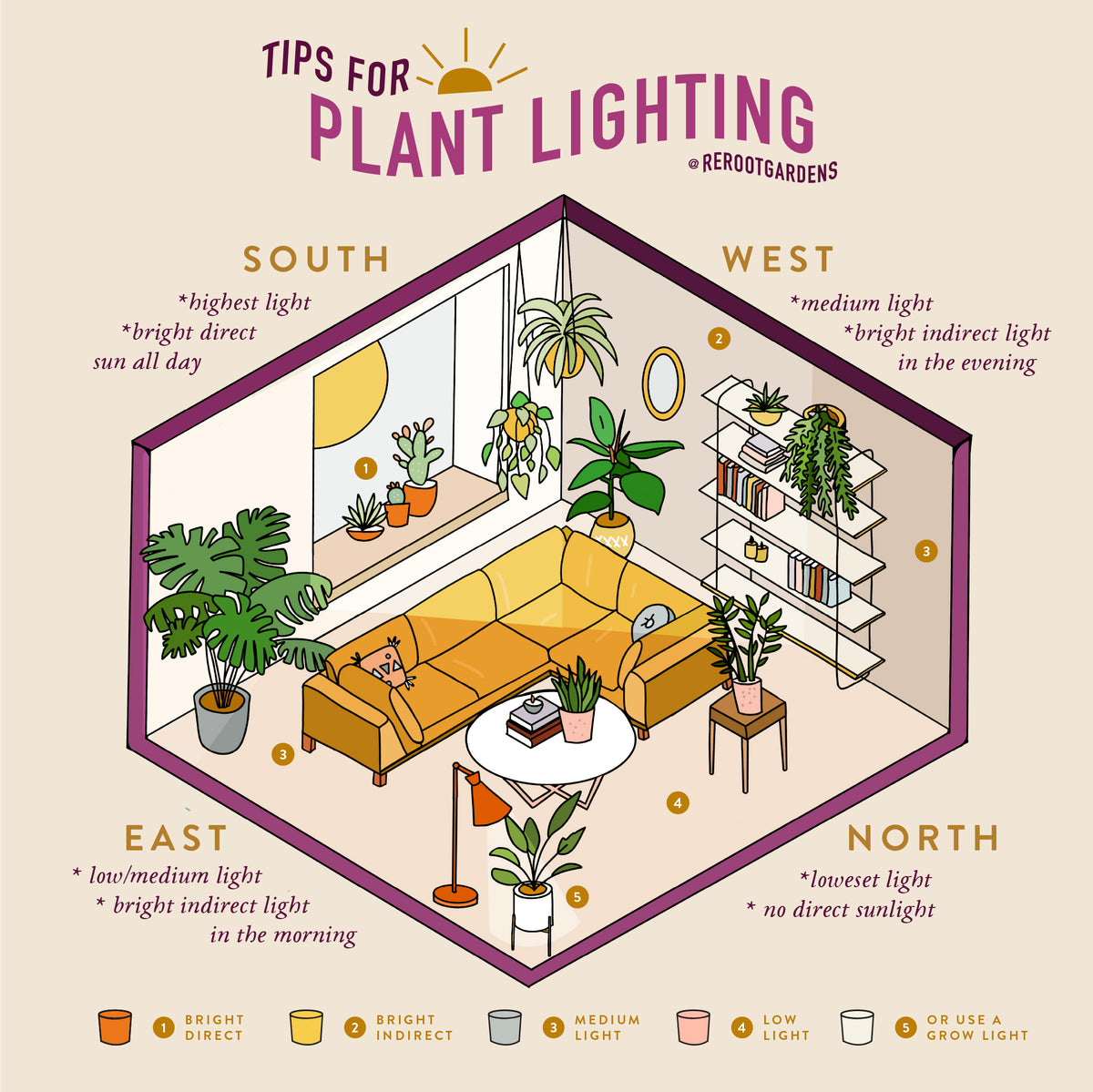Do you know that by providing the right lighting for your Pilea, you can enhance its growth and overall health? Learn all about the essential considerations for optimal lighting to achieve the best results for your beloved plant.
You must consider various aspects of lighting to ensure the well-being of your Pilea. Too much or too little light can have detrimental effects on its growth, leading to stunted growth, yellowing leaves, or even plant death. Therefore, understanding the lighting needs of your Pilea is crucial.
The Essential Role of Balanced Lighting
Pilea plants thrive in bright, indirect light. Direct sunlight can burn the leaves, causing them to turn brown and crispy. However, too little light can lead to leggy growth and lack of vigor in your Pilea.

The Ideal Light Conditions
East- or west-facing windows often provide the best lighting conditions for Pilea plants. These windows offer bright, indirect light throughout the day, without the risk of sunburn. If placed near a north-facing window, your Pilea may require additional light from a grow light to supplement the natural light it receives.
The Significance of Seasonal Adjustments
As the seasons change, so too should the lighting conditions for your Pilea. During the summer months, when sunlight is more intense, it is essential to provide shade for your Pilea to prevent leaf burn. You can use sheer curtains or place your plant in a location where it receives filtered light.

Conversely, during the winter months, when natural light is less abundant, you may need to supplement the lighting with a grow light to ensure your Pilea receives the necessary light it needs for optimal growth.
The Impact of Artificial Lighting
If natural light is insufficient, artificial lighting can be a viable option to provide the necessary light intensity for your Pilea. Choose a grow light that emits full-spectrum or LED light. These light sources mimic natural sunlight and help promote healthy plant growth.

When using artificial lighting, it is essential to maintain a consistent lighting schedule. Providing 12-14 hours of light per day is generally recommended for Pilea plants. Avoid exposing your Pilea to extended periods of darkness, as this can disrupt its natural growth cycle.
Troubleshooting Light-Related Issues
Identifying light-related issues can help you address them promptly. If you notice yellowing leaves, stunted growth, or leggy stems in your Pilea, these may indicate insufficient lighting. Increase the light exposure or supplement with artificial lighting.

Conversely, if the leaves of your Pilea are turning brown and crispy, it may be a sign of sunburn. Move your plant to a location with less intense light or provide shade during the brightest hours of the day.
Conclusion of Optimal Lighting For Pilea: Essential Considerations For Plant Health
By understanding the optimal lighting requirements of your Pilea, you can ensure its long-term health and vitality. Provide bright, indirect light, adjust to seasonal changes, and consider artificial lighting if necessary. By following these guidelines, you can help your Pilea thrive, showcasing its beautiful foliage and enhancing the beauty of your indoor space.